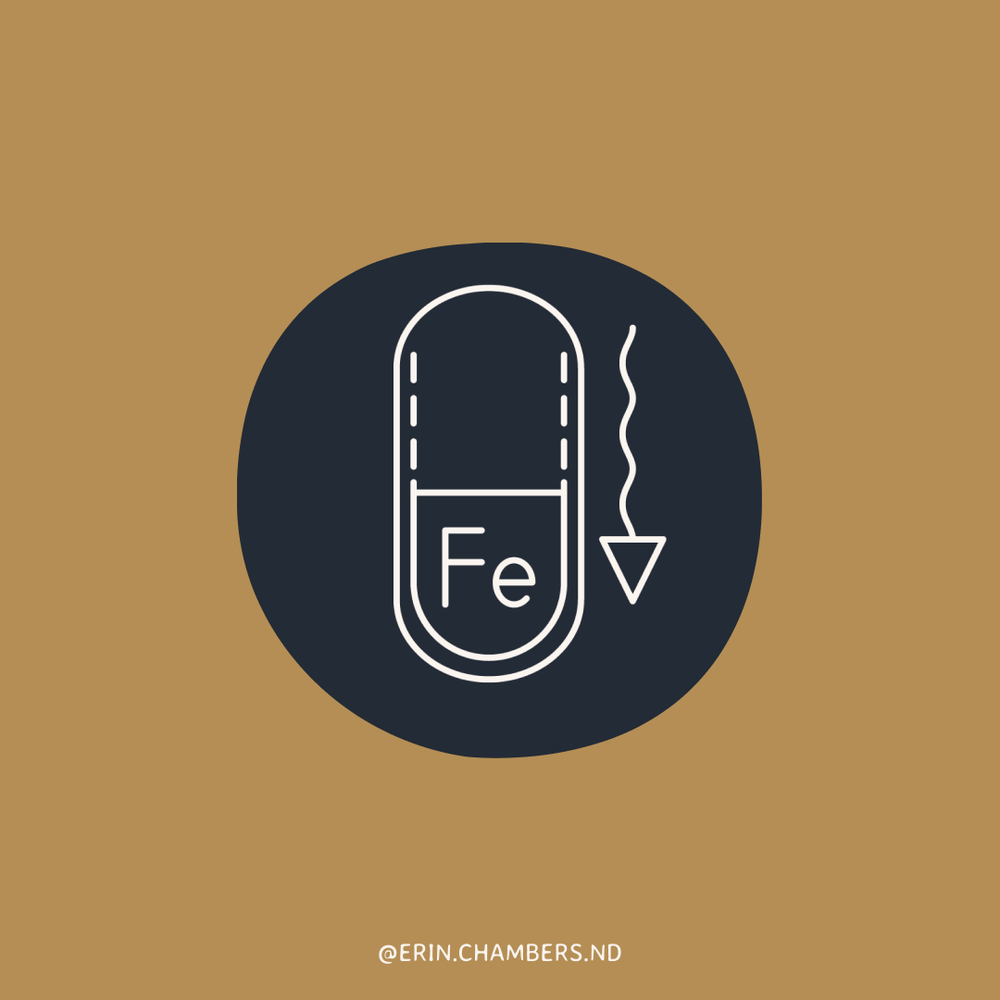The Lowdown on the Pap Exam


Jan 2024 Note: BC's cervical cancer screening has changed to HPV testing first and results determine whether or not a pap exam is needed. More information can be found here
If you roll your eyes, frown, or shudder when you think about a pap test, you are not alone. It is generally accepted amongst us cervix owners as an unpleasant experience. We do it because it helps prevents cervical cancer and since Canada introduced this program in the 1960’s the incidence and mortality due to cervical cancer has decreased by over 70%. [1] Impressive. That being said, there are barriers to this exam that cast a negative light on this procedure and prevent us from getting screened. The barriers can include a previous bad experience, a history of trauma, body shame, a poor doctor patient relationship, fear, a lack of accessibility or knowledge, or all the above! [2]
I honestly had little idea what was going during this exam until I went to naturopathic medical school, so I wanted to share the steps of a well-person gynecological exam so the next time you get your pap done, you feel empowered in your knowledge, empowered to ask questions, and empowered to advocate for the experience you want to have.
The following information is from our BCIT Pelvic Exam Course that was developed with BC Women’s Hospital & Health Center. [3]
The Visit
Part 1: History, explanation, and questions (fully dressed)
The first thing that should happen is a brief general and sexual health history to assess any risk factors for cervical cancer and sexually transmitted diseases (STIs) and an explanation of the exam before undressing. The explanation of the exam should include a step by step of what is going to happen along with the instruments used. You should be offered STI screening (regardless of your history) and asked if you have any questions. If you give your consent for the exam, you should be informed that you can stop the exam at any time for a break, for questions, or to revoke your consent and discontinue the exam. After this, the practitioner will leave the room to allow you to get changed into a gown.
Part 2: Breast exam, bimanual, and pap test (in the gown)
Very important: during this part of the exam the practitioner should explain what they are doing and continue to ask for consent for each step.
The breast exam is first thing that may or may not happen depending on your health history, family history, and the date of your last breast exam. It involves an inspection of your breast tissues in different positions and a hands-on screening for any lumps or bumps. The screening includes assessing the breast tissues superficial to deep; from the underarm to the sternum and the collar bone to the bottom of the breast tissue.
Next is the assessment of the pelvis. After you are positioned under the sheet and have given consent, the practitioner will undrape the pelvis in a way to allow eye contact between yourself and the practitioner. The exam starts with assessing the lymph nodes in the thigh crease for swelling or tenderness which could be a sign of a past or current infection. Next is an inspection and mobilization of tissues of the external genitals looking for changes that could be associated with menopause, oral contraceptive use, infection, or autoimmune disease to name a few. Next is either the bimanual or the instrument assisted internal exam depending on your health history and practitioner.
The bimanual exam involves the insertion of the practitioner’s gloved digits to assess the size shape and position of the vagina, cervix, uterus, and ovaries. They are also screening for any abnormal lumps, bumps, or tenderness. This exam may or may not involve a digital rectal exam where one digit is in the vagina and one in the rectum to assess the space between the uterus and the rectum for growths. Once the assessment is complete, the practitioner will remove their hand and cover you back up while preparing for the internal exam.
For the internal exam, a speculum is used with a light to isolate and illuminate the vaginal canal and cervix for visual inspection.
The speculum - A handheld manual device with two duckbill-like flaps that separate the vaginal walls upon insertion. As these bills open and lock to bring the cervix in to view, they make a loud click. I used to think this click was the sound from taking the sample. Not the case! If I was shown a sample speculum before an exam, I would have known better.
Once the cervix in is view, a sample is then taken using a wooden spatula and/or brush to remove cells from the transformation zone on the cervix. This specific zone is where cervical cancer first starts to develop so it is important the sample comes from here. These get transferred to a slide and sprayed with a liquid to preserve them for later analysis in the lab. At this point, any samples for STD screening will be collected with a long cue-tip. The speculum is then removed, and you are covered back up before the practitioner check in with you before leaving the room to let you change.
Finally, the practitioner will come back in and let you know what happens to the tests, when to expect results, and ask you if you have any additional questions or concerns. And that is it!
I hope this gave you more knowledge going in to this exam. Knowledge is power and a gynecological room is where we should rightfully have it.
References
[1] Dickinson JA, Stankiewicz A, Popadiuk C, Pogany L, Onysko J, Miller AB. Reduced cervical cancer incidence and mortality in Canada: national data from 1932 to 2006.BMC Public Health. 2012;12:992. Published 2012 Nov 16. doi:10.1186/1471-2458-12-992
[2] van Til L, MacQuarrie C, Herbert R. Understanding the Barriers to Cervical Cancer Screening among Older Women. Qualitative Health Research. 2003;13:1116-1131.
[3] Pasquino, N., & Riddell, L. BCIT Pelvic Exam Course. Lecture presented in Boucher Institute of Naturopathic Medicine, Vancouver. 2019 Nov 20.


